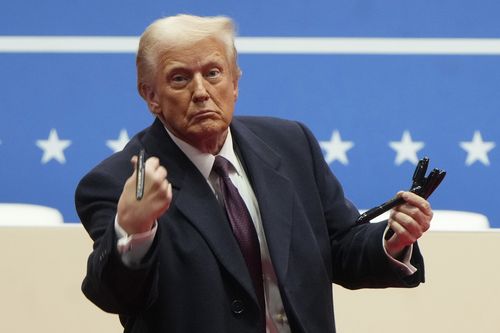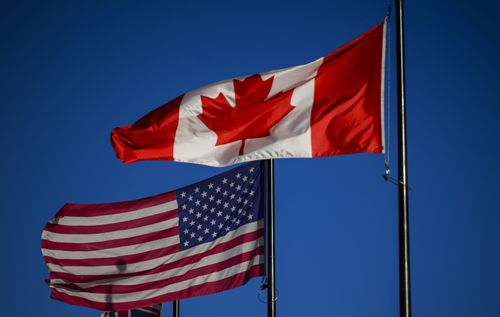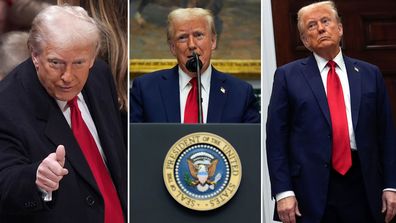Trump is declaring an economic emergency to put duties of 10 per cent on all imports from China and 25 per cent on imports from Mexico and Canada – America’s largest trading partners – except for a 10 per cent rate on Canadian oil.

The White House said Trump’s order also includes a mechanism to escalate the rates if the countries retaliate against the US, as they have threatened.
Trump says the tariffs are to force the countries to do more to stop the flow of fentanyl into the US, but also dovetail with his embrace of protectionist measures to boost domestic manufacturing and as a potential source of revenue for the federal government.
“You see the power of the tariff,” Trump told reporters on Friday.
“Nobody can compete with us because we have by far the biggest piggy bank.”
The Republican president is making a major political bet that his actions will not worsen inflation, cause financial aftershocks that could destabilise the worldwide economy or provoke a voter backlash.

AP VoteCast, an extensive survey of the electorate in last year’s election, found that the US was split on support for tariffs.
It is possible that the tariffs could be short-lived if Canada and Mexico can reach a deal with Trump to more aggressively address illegal immigration and fentanyl smuggling.

In Pictures: Everything Trump did on his first full day in the White House
Trump’s move against China is also tied to fentanyl and comes on top of existing import taxes.
Trump is honouring promises he made in the 2024 White House campaign that are at the core of his economic and national security philosophy, though Trump allies had played down the threat of higher import taxes as mere negotiating tactics.







